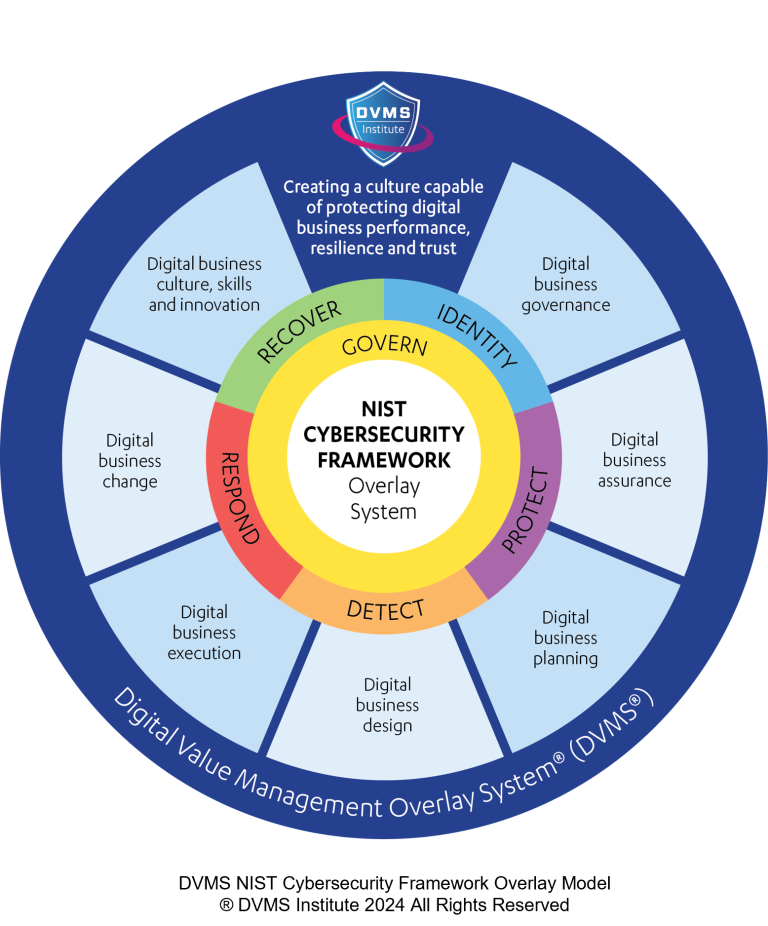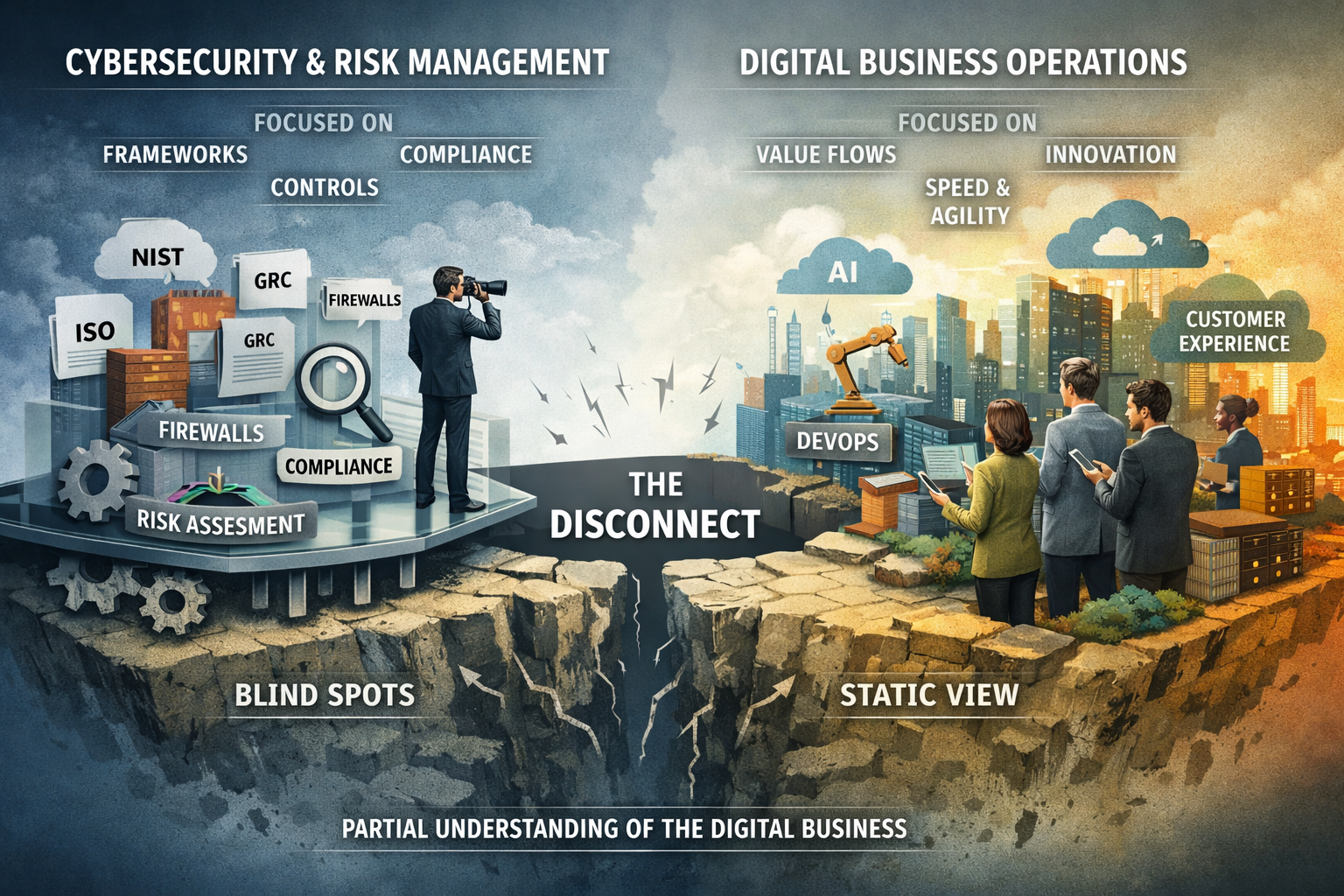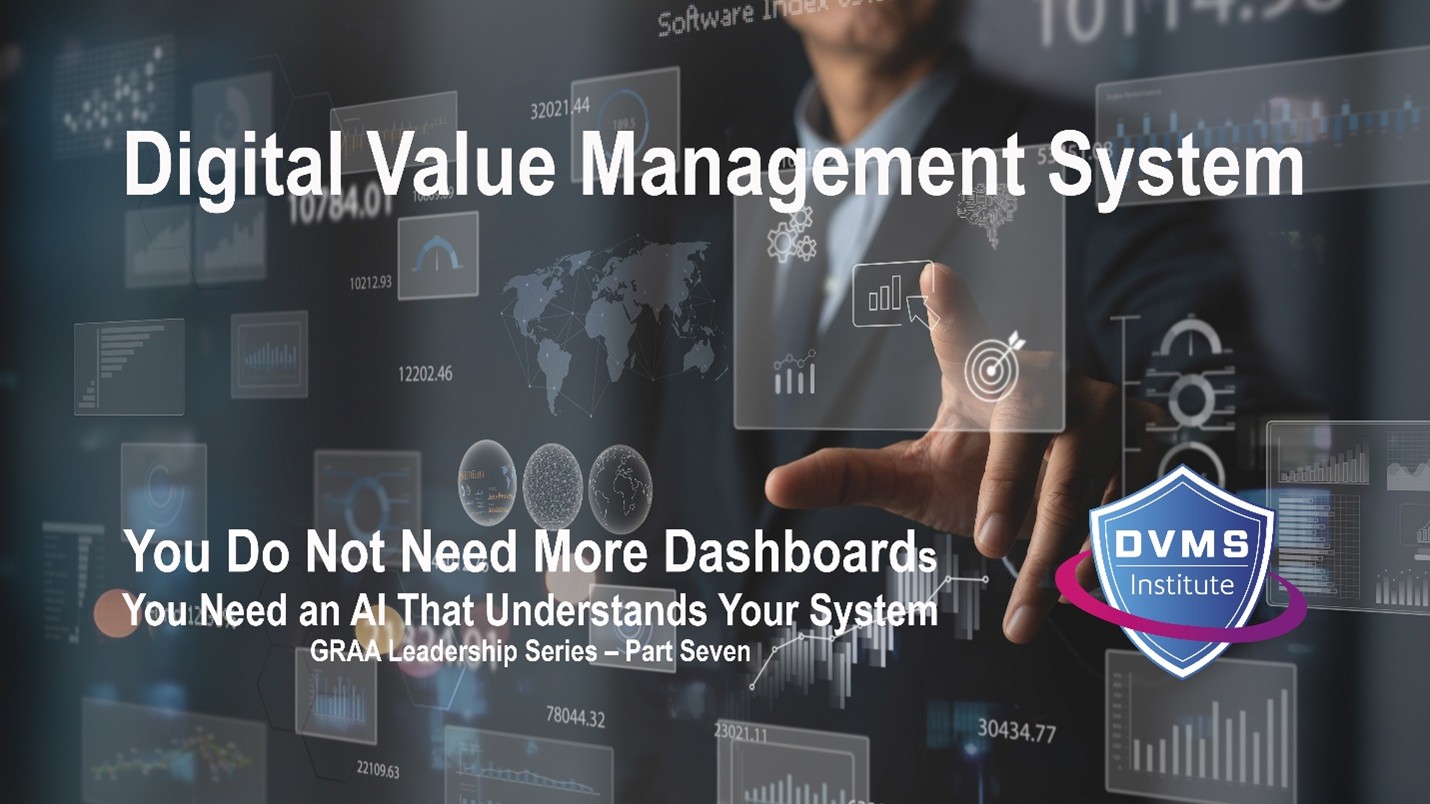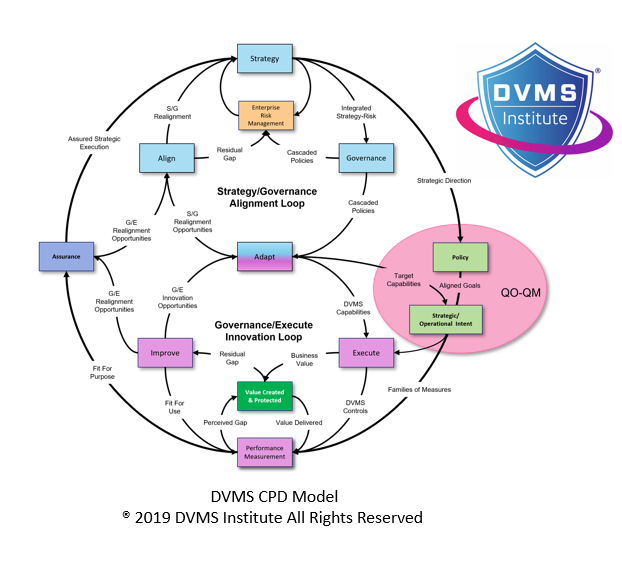A Guide to Getting Your CEO to Embrace Cybersecurity Risk Management
Rick Lemieux – Co-Founder and Chief Product Officer of the DVMS Institute
Cybersecurity risk management is no longer a niche concern for IT departments. It is a strategic imperative that directly impacts a company’s bottom line, reputation, and survival. Yet, many CEOs and boards remain hesitant to embrace robust cybersecurity measures fully. This article explores the key challenges hindering progress and offers practical strategies to overcome them.
Understanding the CEO’s Perspective
CEOs are often preoccupied with broader business objectives, and cybersecurity can seem like a complex, technical issue that’s difficult to grasp. Additionally, the immediate costs of implementing strong cybersecurity measures can be significant, while the potential benefits may seem intangible or delayed.
Common CEO Concerns
- The Cost-Benefit Dilemma: While cybersecurity investments can be expensive, the potential costs of a data breach or cyberattack far outweigh the upfront expenses. A breach can lead to financial losses, reputational damage, and regulatory fines. Moreover, investing in cybersecurity can improve efficiency and productivity by streamlining processes and reducing downtime.
- Risk Aversion: CEOs may be reluctant to take risks, especially regarding IT security. However, avoiding risks can be just as dangerous. A lack of adequate cybersecurity measures can expose a company to significant threats, including data theft, ransomware attacks, and supply chain vulnerabilities.
- Complexity and Overwhelm: The rapidly evolving cybersecurity landscape can be overwhelming for CEOs unfamiliar with the technical details. This can lead to a sense of paralysis and a reluctance to act.
Strategies to Get the CEO Over the Cybersecurity Risk Management Hump
- Translate Cybersecurity into Business Terms: CEOs must understand how cybersecurity directly impacts their business goals. For example, explain how strong cybersecurity can protect revenue streams, enhance customer trust, and improve operational efficiency.
- Prioritize Risk Management: Help CEOs understand that cybersecurity is not just about preventing breaches but managing risk. By identifying and addressing vulnerabilities proactively, companies can reduce their exposure to threats and minimize potential losses.
- Build a Strong Cybersecurity Culture: Encourage cybersecurity awareness throughout the organization. This involves educating employees about best practices, training on security protocols, and fostering a sense of shared responsibility for protecting company assets.
- Leverage Data-Driven Insights: Use data analytics to identify and prioritize cybersecurity risks. By analyzing threat intelligence and identifying patterns, companies can make informed decisions about where to allocate resources.
- Involve the Board of Directors: Ensure the board is fully informed about cybersecurity risks and the company’s mitigation strategies. This will help align the board with the CEO’s vision and provide the necessary support for investments in cybersecurity.
- Consider Cybersecurity as a Strategic Asset: Instead of viewing cybersecurity as a cost center, position it as a strategic asset that can drive business growth and innovation. By investing in cybersecurity, companies can build a strong reputation for trust and reliability.
- Seek Expert Guidance: Partner with experienced cybersecurity consultants who can provide valuable insights and guidance. These experts can help to assess risks, develop effective strategies, and ensure compliance with industry standards.
By addressing these common concerns and implementing these strategies, CEOs can effectively overcome the cybersecurity risk management hump and position their companies for long-term success. Cybersecurity is no longer an option; it’s necessary for businesses of all sizes.
About the Author

Rick Lemieux
Co-Founder and Chief Product Officer of the DVMS Institute
The DVMS Institute teaches organizations of any size, scale, or complexity an affordable approach to mitigating cyber risk to protect digital business performance, resilience, and trust.
Rick has 40+ years of passion and experience creating solutions to give organizations a competitive edge in their service markets. In 2015, Rick was identified as one of the top five IT Entrepreneurs in the State of Rhode Island by the TECH 10 awards for developing innovative training and mentoring solutions for boards, senior executives, and operational stakeholders.
® DVMS Institute 2024 All Rights Reserved




